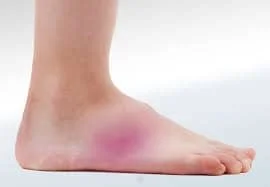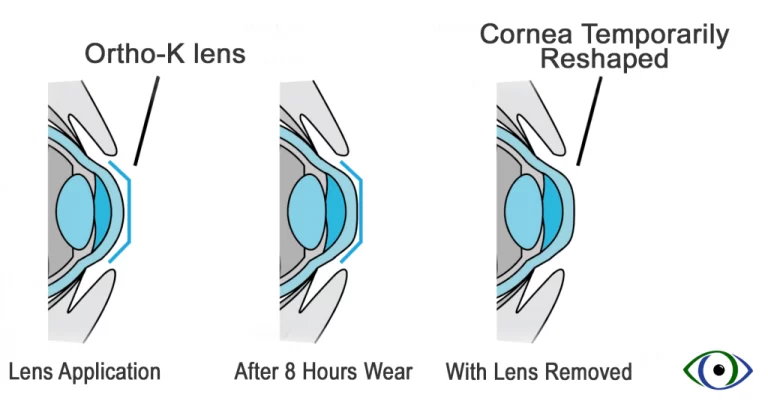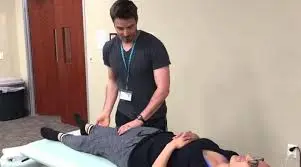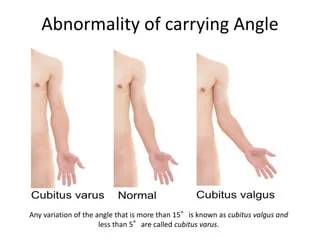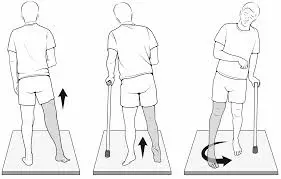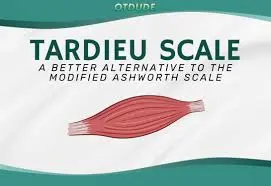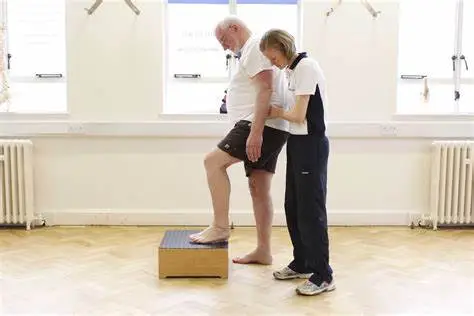14 Best Exercises for Piriformis Syndrome
Introduction: Exercises for Piriformis Syndrome strengthen the hip muscles and improve the mobility of the piriformis muscle and surrounding hip muscles, which is important during piriformis syndrome. Stretching the piriformis improves muscular flexibility and reduces piriformis syndrome symptoms. Pinching the sciatic nerve by the piriformis muscle results in piriformis syndrome, a neuromuscular disorder. The piriformis…


